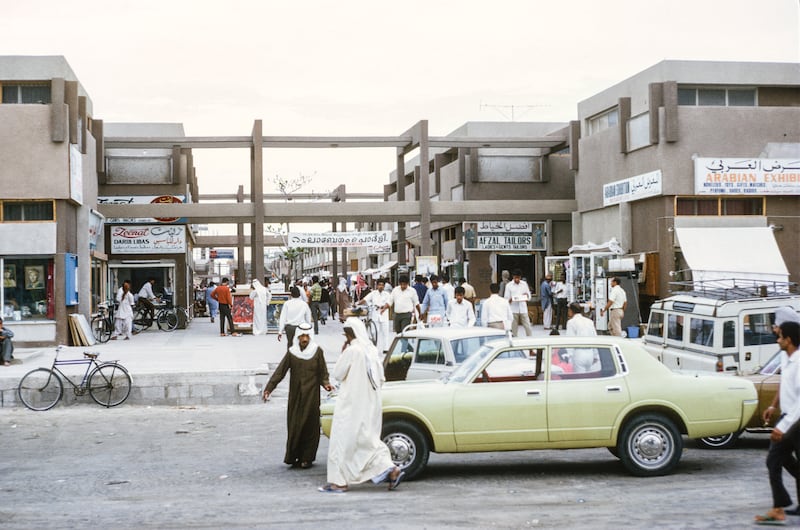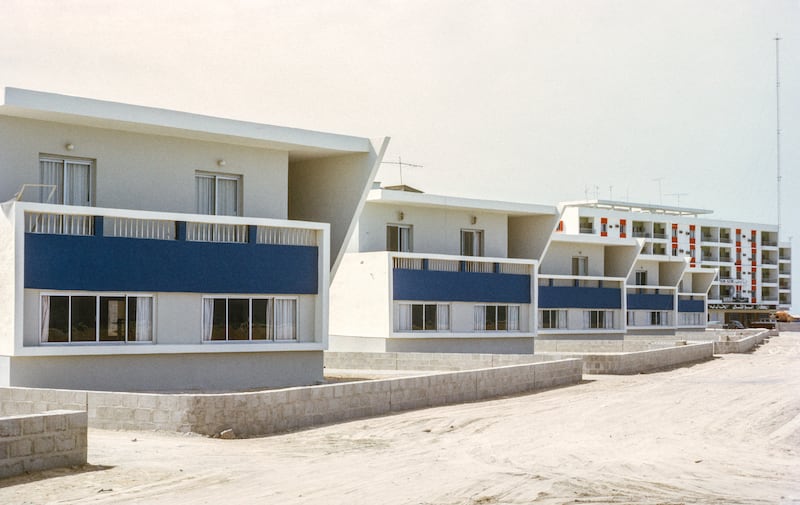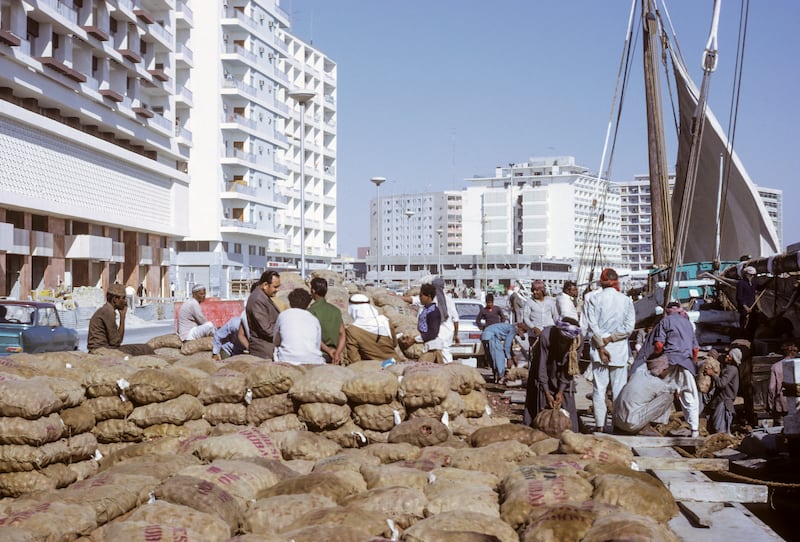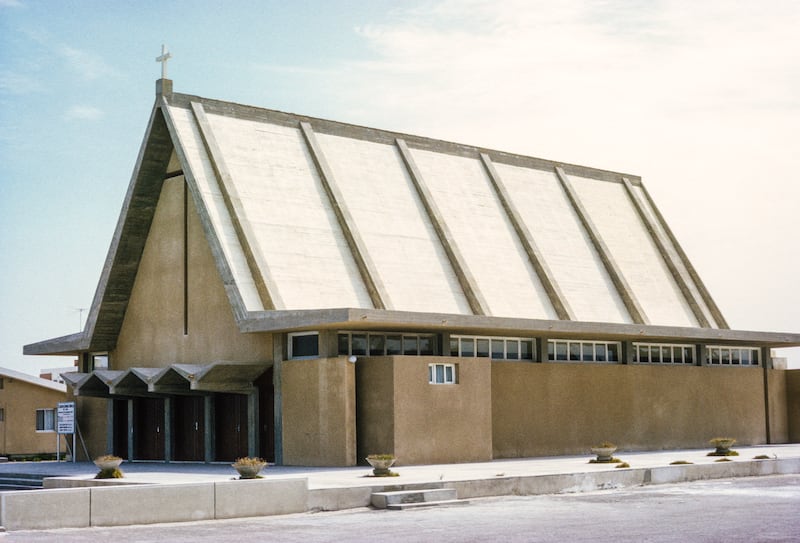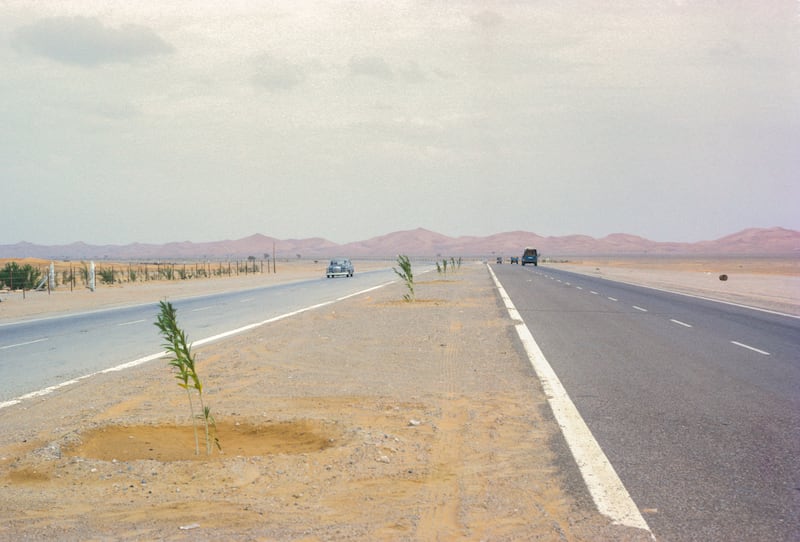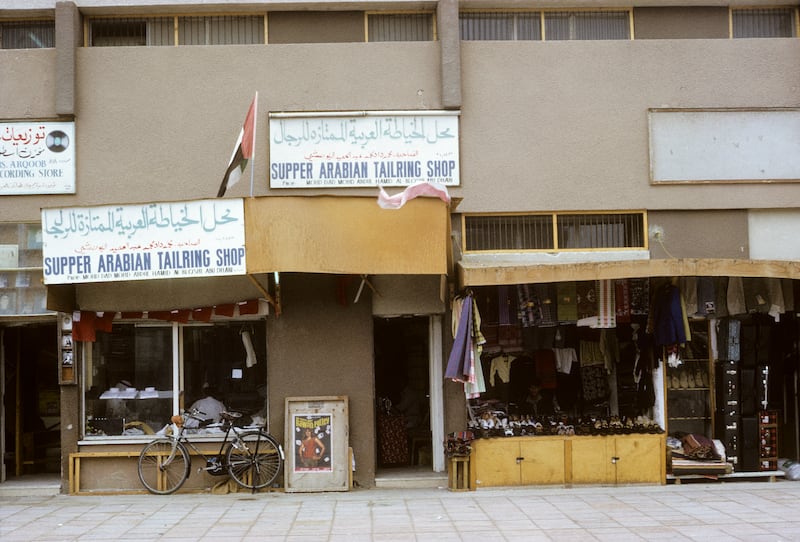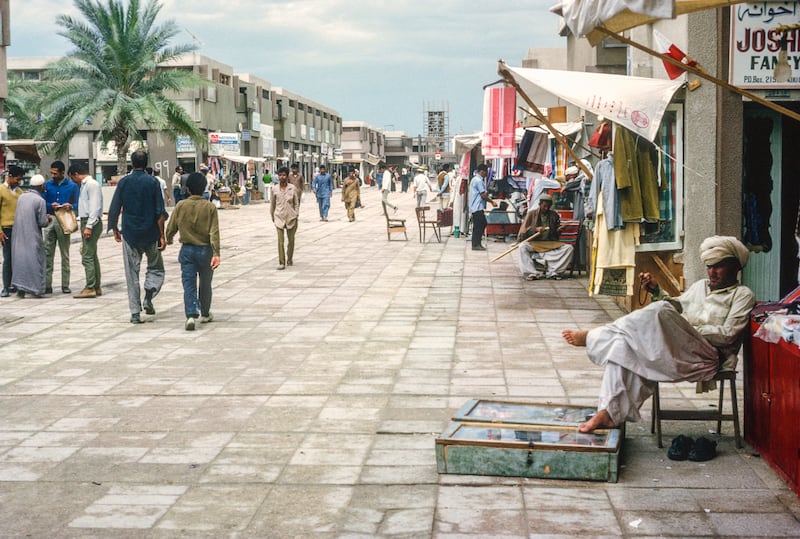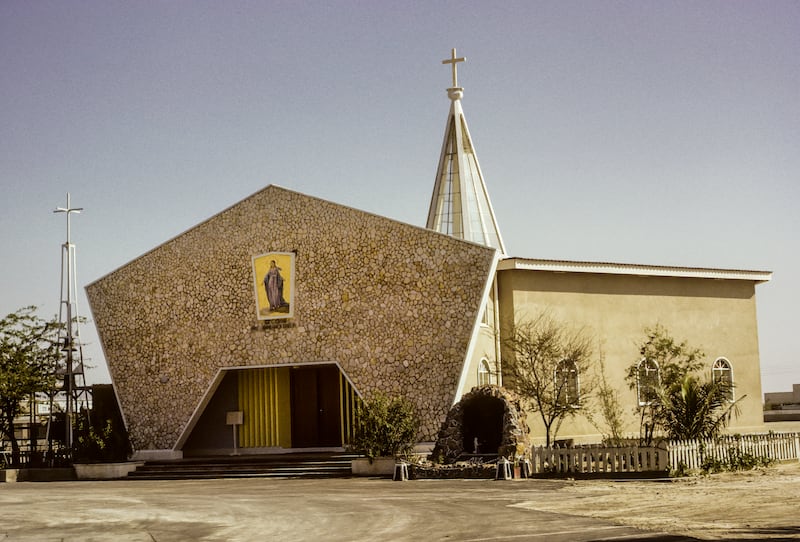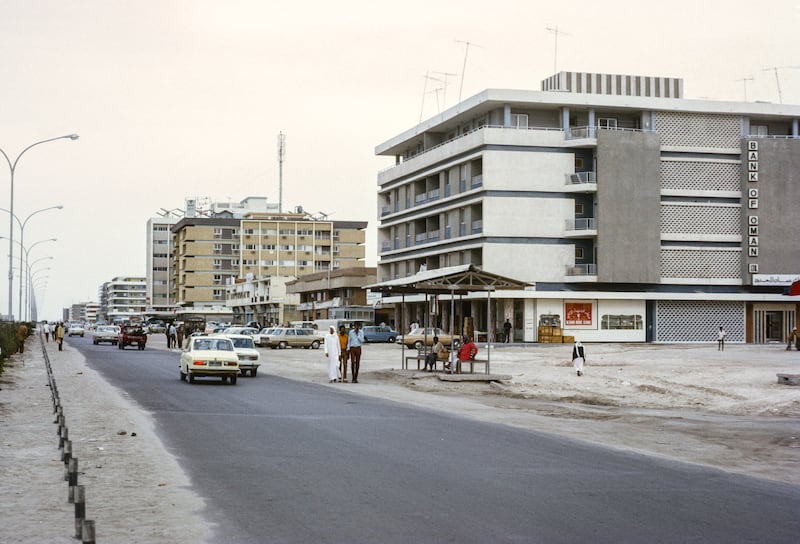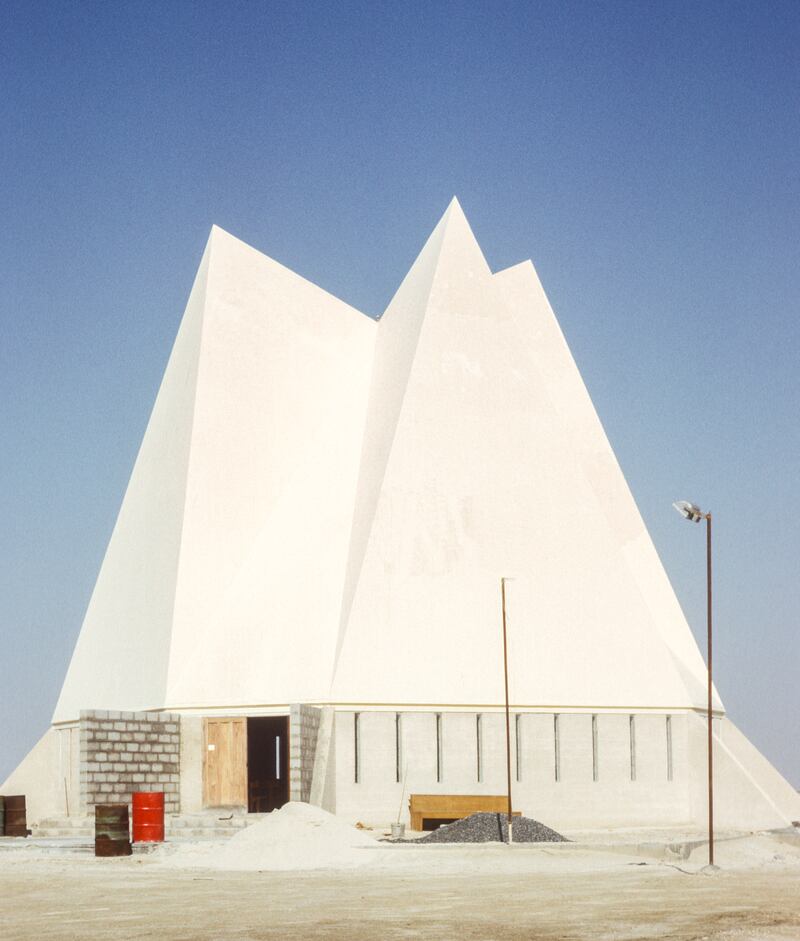It is October 1972 and symbols of nationhood for a 10-month-old UAE have already begun to fall into place.
The year began with the last piece of the UAE jigsaw in place: Ras Al Khaimah joined the federation in February and six became seven. The country's first passports were issued, and the first stamps and national postal service soon followed. Plans were also set in place for a new currency, the dirham.
In New York, the UAE took its place on the international stage at the United Nations with Adnan Pachachi as its first ambassador.
And now the country was celebrating its first Ramadan. The holy month fell largely in October that year, with Eid beginning on November 8.
The rate of growth in Dubai, and especially Abu Dhabi, the new capital, was accelerating with astonishing rapidity.
Abu Dhabi, as a city, was barely five years old. Since becoming Ruler, Sheikh Zayed, now President of the UAE, had transformed what had previously been little more than a fishing village.
A window into this year of the UAE's first Ramadan is offered in a series of photographs from 1972 taken by Charles Cecil, an American diplomat-turned-photographer, who lived for nearly 25 years in the Arab world and Africa.
His images capture a new city emerging from the desert. “The gridiron of urban, if not always urbane, development is slowly being filled in; concrete and tarmacadam already have the upper hand on the island’s sand and sabkha,” a visitor’s guide to the UAE from the period observed.
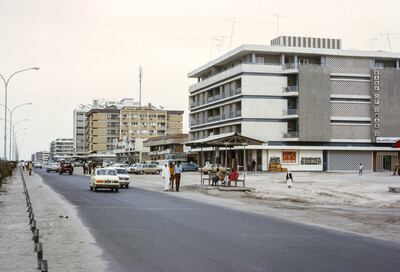
“With roundabouts, service roads and sidewalks; modern hotels and 12-lane corniche; supermarkets and parades of shops … Abu Dhabi town though lacking in antiquity is at least now acquiring a character of its own.”
Mr Cecil, now 82, had been sent to the Gulf as part of his US foreign training, which involved learning Arabic and visiting countries in the region.
He arrived in the UAE before the opening of a US embassy.
“My main memory of Abu Dhabi was the unexpected hospitality I encountered when I arrived and the facilitative assistance I was given by the local government officials,’’ he said.
“The terrain was in the early stages of development. One had the feeling that an explosion of development was about to occur. As my photos show, I noted the religious tolerance that allowed the building of Christian churches.
“I gained the impression that the UAE was more tolerant of religious practices and other non-Arab social customs. I suspected this more cosmopolitan attitude would provide a good foundation for future economic development."
He also spent a few days in Dubai, staying at a modest motel near the Creek.
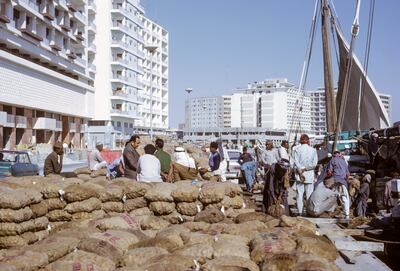
“I was impressed with the very active commerce there, lots of dhows and modest, more modern vessels coming over from Iran carrying all kinds of things back and forth, carrying refrigerators from Dubai over to Iran and bringing I don’t know what from Iran into Dubai. It was a vibrant economy.”
One of Cecil’s photographs captures the last few stall holders in the old souq, goats wandering among the crates of produce in the shade of an old ghaf tree.
Near by is its replacement, a much larger market of concrete and glass that would service the city until it burnt down in 2003.
A newly built row of identical villas serves the needs of the growing population of expatriate professionals, as do the Roman Catholic Church and, still under construction, the Holy Trinity Church in Dubai with its striking three-pointed roof.
The needs of the city’s Muslim population, also growing, are met with the building of new mosques. Another photo appears to show the construction of Al Fahim Mosque on the roundabout of Airport Road where it meets the Corniche.
A view along the new Abu Dhabi to Al Ain road is noticeably empty of traffic, while another down a main street, possibly Airport Road, has the Corniche in the distance, framed by the first high-rise buildings.
The city 50 years ago began at Mohammed bin Khalifa Street, with Mushrif Palace, reserved for visiting dignitaries, one of the few buildings on the outskirts.
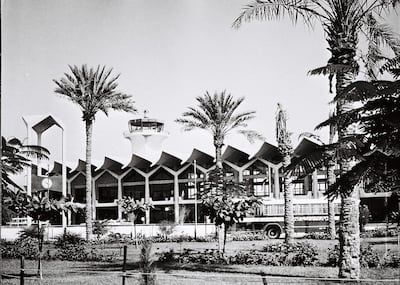
Even more distant, nearly six kilometres into the desert, was the first Abu Dhabi International Airport, now Al Bateen Airport.
Photographs from Dubai also capture the contrast between old and new, with dhows unloading cargo on the Creek to a backdrop of modern offices and apartment buildings.
Eid in 1972 fell on the evening of November 8. A time for personal spiritual reflection was also a moment for assessing the state of the new nation – and how much had been achieved.
